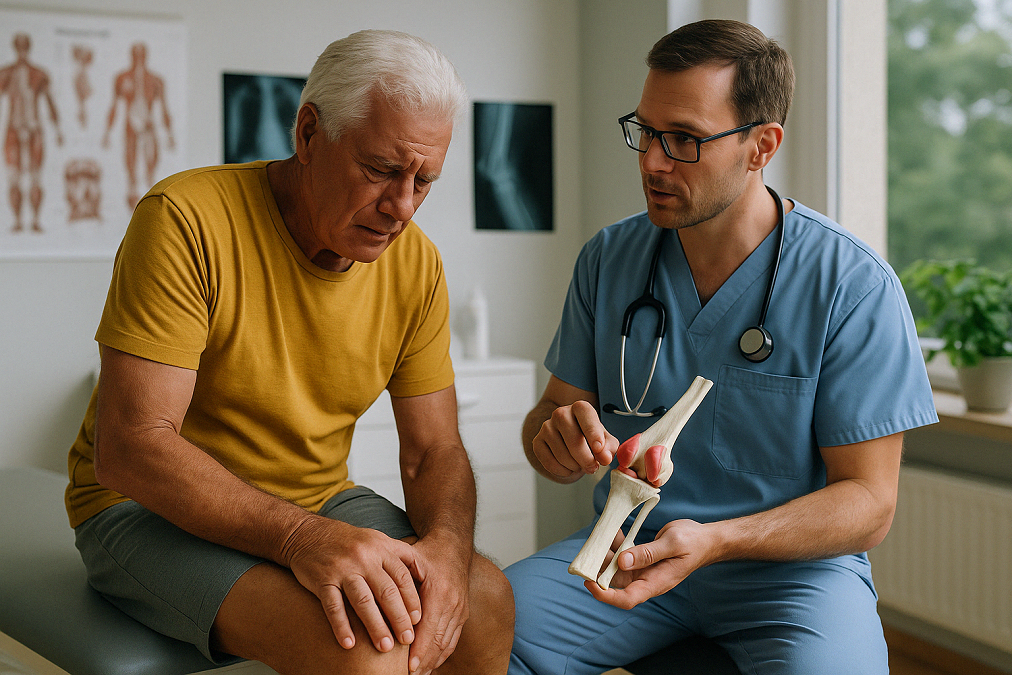 Repeated studies have revealed that the right workout and diet can halt — even reverse — bone loss.
Repeated studies have revealed that the right workout and diet can halt — even reverse — bone loss.
But how much workout is enough?
A new study in Medicine & Science in Sports & Exercise answers this.
And the answer is shocking.
Scientists in Finland followed 189 women, all between 47 and 55 years old, as they transitioned from perimenopause to post-menopause.
None of them were using hormone therapy.
To track their bone health, the team used advanced imaging tools (like DXA and CT scans) to look at the density and strength of bones in the hip (femoral neck and shaft) and lower leg (tibial shaft).
These scans were done at both the beginning and end of the study.
Meanwhile, the women wore special activity trackers for several days at a time tracking daily life (walking, standing, climbing stairs).
These devices didn’t just count steps; they recorded how often the women experienced low, medium, or high-intensity impacts to their bones—like those that come from jumping, running, or even brisk walking.
The researchers then analyzed whether the amount and intensity of these impacts were linked to changes in the women’s bone health over time.
This is what they discovered:
-
1. All women experienced bone loss during the menopause transition, including decreased bone mineral density and bone mineral content at the hip—and weakened bone strength and structure in both the hip and lower leg.
2. Everyday physical activity was mostly low-impact, with high-impact movements being very rare—and with medium-impact activities (like brisk walking or stair climbing) decreasing over the study period.
3. Medium impacts were linked to stronger bones in the lower leg.
4. High impacts were linked to stronger bones in the thigh (femoral shaft).
5. While being more active was associated with stronger bones at a single point in time, none of these activities (low, medium, or high-impact) slowed the overall bone loss during menopause.
This means that everyday physical activity is not enough to stop menopause-related bone loss.
The usual daily activity levels most women engage in simply don’t provide enough of the high-impact loading that bones need to stay strong.
If you are at this stage of your life, you will have to add targeted, bone-strengthening exercises to your routine—such as jumping or strength training with weights.
Even heavy workouts are not enough to protect your bones… let alone reverse osteoporosis.

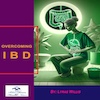 Overcoming IBD
Overcoming IBD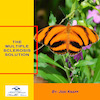 Multiple Sclerosis
Multiple Sclerosis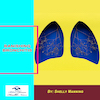 Banishing Bronchitis
Banishing Bronchitis Gum Disease Gone
Gum Disease Gone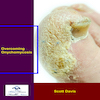 Overcoming Onychomycosis
Overcoming Onychomycosis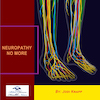 Neuropathy No More
Neuropathy No More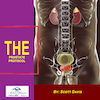 The Prostate Protocol
The Prostate Protocol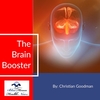 Brain Booster
Brain Booster
 Ironbound
Ironbound
 Solution for Shingles
Solution for Shingles
 The Bone Density Solution
The Bone Density Solution
 The Ultimate Healing Protocol
The Ultimate Healing Protocol
 The Parkinson's Protocol
The Parkinson's Protocol
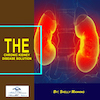 The Chronic Kidney Disease Solution
The Chronic Kidney Disease Solution
 Overthrowing Anxiety
Overthrowing Anxiety The Fatty Liver Solution
The Fatty Liver Solution The Hypothyroidism Solution
The Hypothyroidism Solution
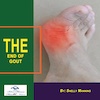 The End of Gout
The End of Gout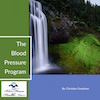 The Blood Pressure Program
The Blood Pressure Program
 The Oxigized Cholesterol Strategy
The Oxigized Cholesterol Strategy
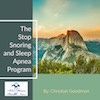 Stop Snoring And Sleep Apnea Program
Stop Snoring And Sleep Apnea Program
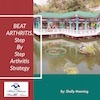 The Arthritis Strategy
The Arthritis Strategy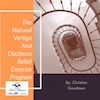 The Vertigo & Dizziness Program
The Vertigo & Dizziness Program The 3-Step Diabetes Strategy
The 3-Step Diabetes Strategy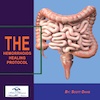 Hemorrhoids Healing Protocol
Hemorrhoids Healing Protocol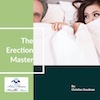 The Erectile Dysfunction Master
The Erectile Dysfunction Master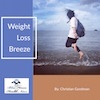 Weight Loss Breeze
Weight Loss Breeze The IBS Program
The IBS Program The Insomnia Program
The Insomnia Program The Migraine and Headache Program
The Migraine and Headache Program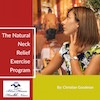 The Neck Pain Solution
The Neck Pain Solution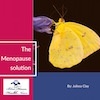 The Menopause Solution
The Menopause Solution The Ejaculation Master
The Ejaculation Master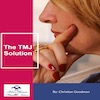 The TMJ Solution
The TMJ Solution The Acid Reflux Solution
The Acid Reflux Solution The Fibromyalgia Solution
The Fibromyalgia Solution The Psoriasis Strategy
The Psoriasis Strategy